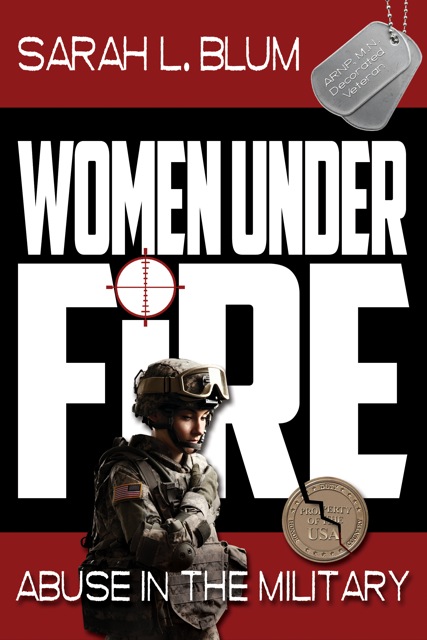Invisibility of Women Veterans
Women have been serving our country since its earliest beginnings. During the revolutionary war, Margaret Corbin took over her husband’s gun position and was wounded and disabled for life. Women were not allowed to be in the military back then.
During the Civil War women took on men’s names, cut their hair, and dressed as men in order to serve a military that prohibited their presence as women. About 400 women both white and black served in both the Union and Confederate Armies. Sarah Edwards was a nurse, spy, courier and soldier for the Union Army. Loreta Valesques served the Confederate Army as Lt. Harry T. Buford. She recruited and commanded a troop of soldiers. When she was wounded at the battle of Bull Run her identity was discovered yet she joined again later in the Calvary.
The first woman physician entered the Civil War as a nurse because female doctors were prohibited. In 1964, Mary T. Walker was commissioned as a lieutenant in the Medical Corps and awarded the Congressional Medal of Honor—the first and only woman to receive that honor.
The first female marine was Lucy Brewer who served as George Baker for three years aboard the U.S.S. Constitution during the war of 1812.
During WWII the Women’s Air Force Service Pilots (WASPS) flew every aircraft the Air Force had and logged over 300,000 hours of flying but were not given full military status until 1976. During WWII we had eighty-one American women captured along with male troops and were forced into the Bataan Death March from Manila to Corregidor. These brave women stayed side by side with the troops and continued their nursing, dietary, and therapy services under unsanitary conditions and on starvation rations for the three and one half years they were in captivity. For twenty-six years, until 1981, those women were denied VA medical care for service-connected ailments from when they were prisoners of war.
Even today, our women veterans struggle to be acknowledged, recognized and treated with respect both in the military and in the Veteran’s Administration. Here is an experience described by a woman veteran from last month. “I was at the local VAMC (VA Medical Center) today … went to get travel reimbursement … there was a man being waited on, then another women vet, then me, then another male vet … the clerk finished with the first man … the other woman moved to the front of the desk and I was right next to her …. the clerk looked right past us to the male and asked if he was next, as if we weren’t even there. Apparently women veterans have the magical capability of being invisible, unable to be seen even when two of them are about two feet from your face … and male vets are seen even when they are six feet away and behind the women …… arrrrrrgggghhhhh !!!!!”
Kirby Dick the director of The Invisible War movie made a strong statement with his movie that the issue of sexual assault to both women and men needs to be made visible. Military sexual trauma and those who experienced it have been invisible for too long. Military sexual assault, rape and sexual harassment are not acceptable yet have been going on for decades; our military has actively supported it staying invisible. The movie made the problem visible. http://www.notinvisible.org/
Those who saw the movie were outraged and have commented. Here are some of the comments: “Keep in mind being shot or blow up while serving in the military is considered an occupational hazard, military rape is not, it is a crime and should be treated as a crime.
I watched THE INVISIBLE WAR and it shook me to the bone. How can sexual attacks on women AND men be called an “Occupational Hazard?”
I am not invisible. I have MST. I spent the rest of my time in service trying to pretend it didn’t matter, it didn’t happen, and that I deserved it.”

